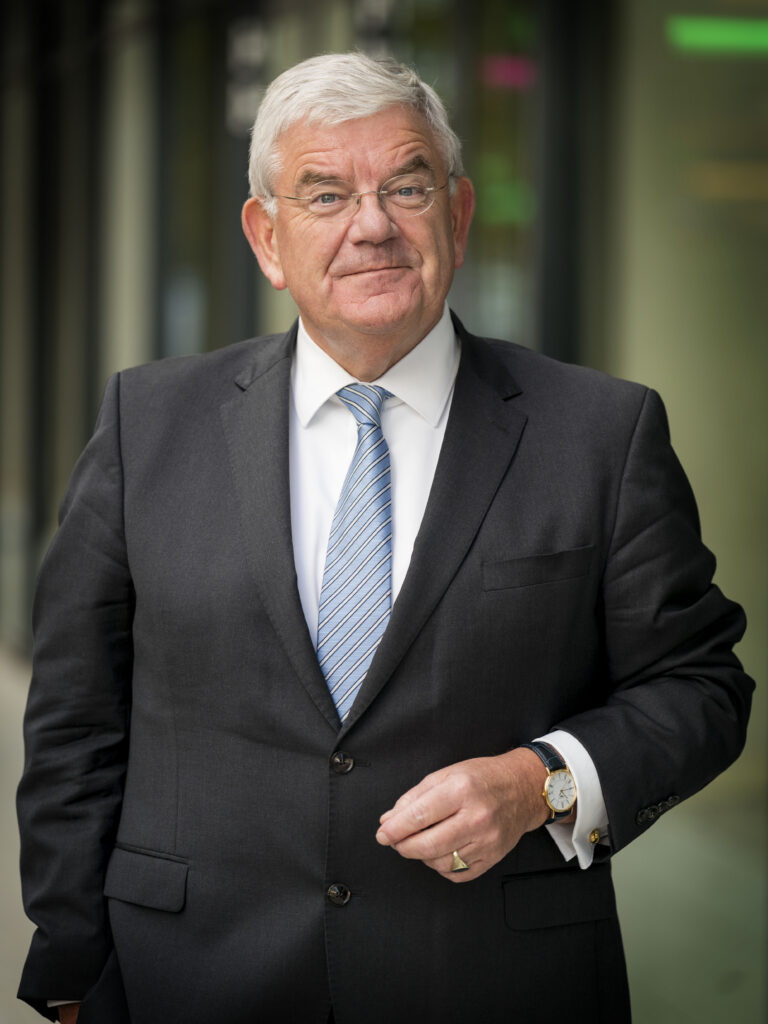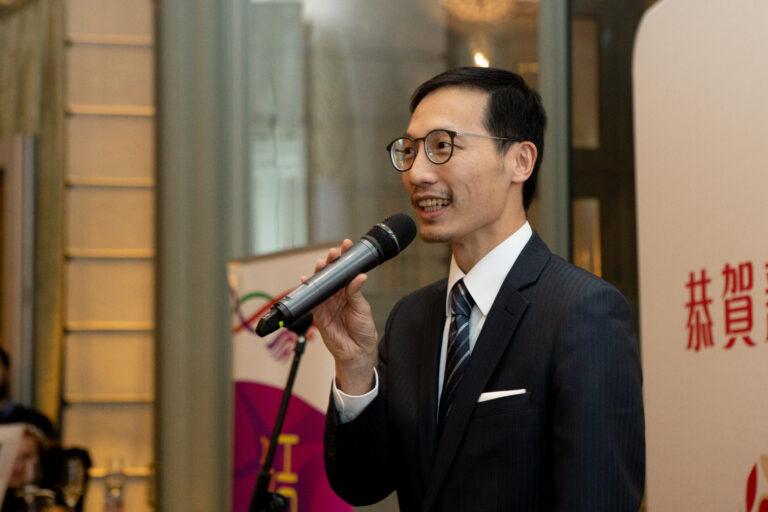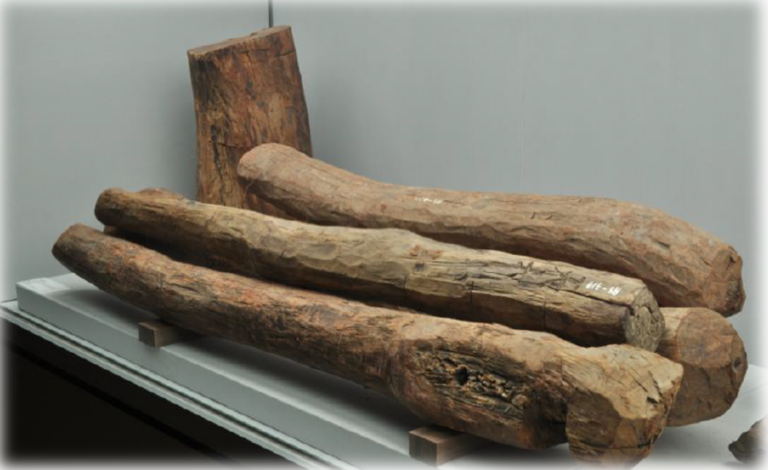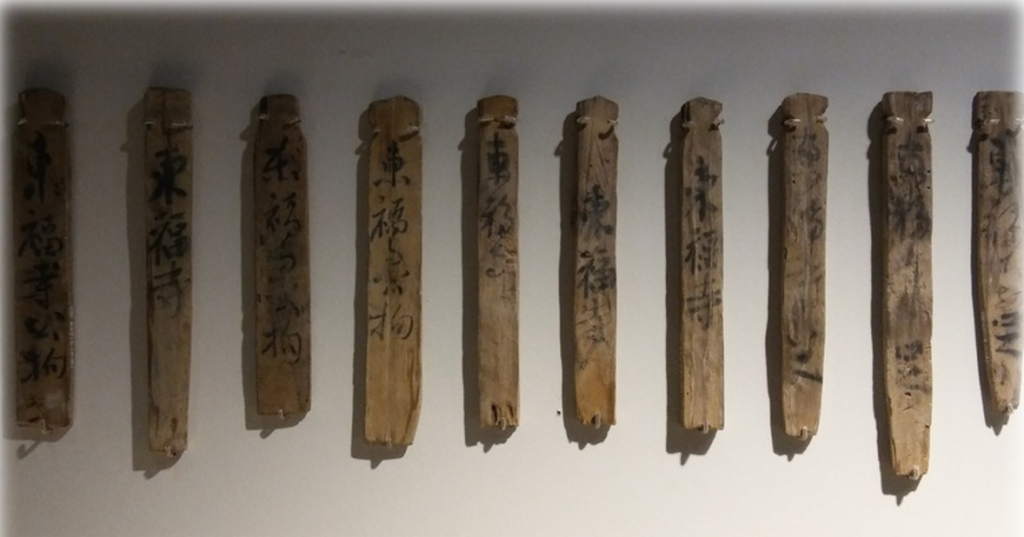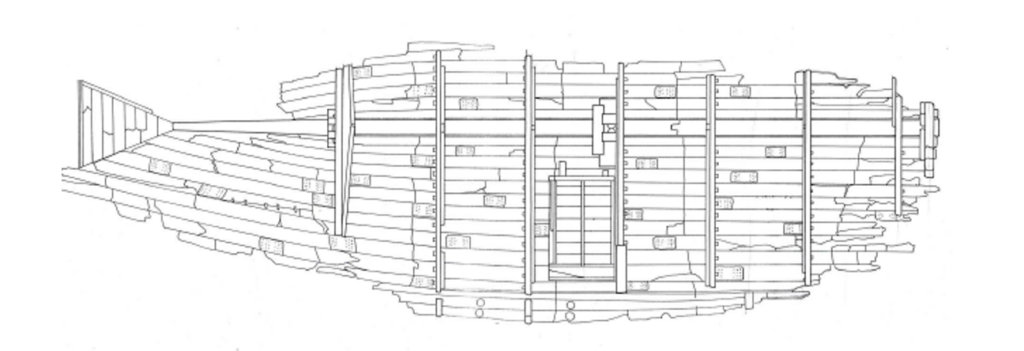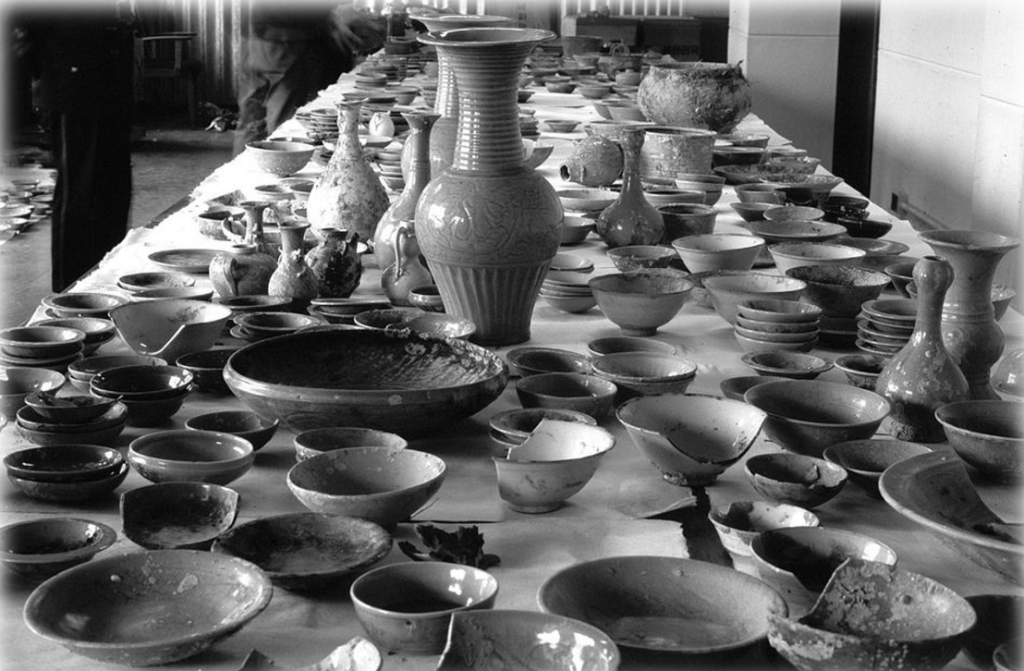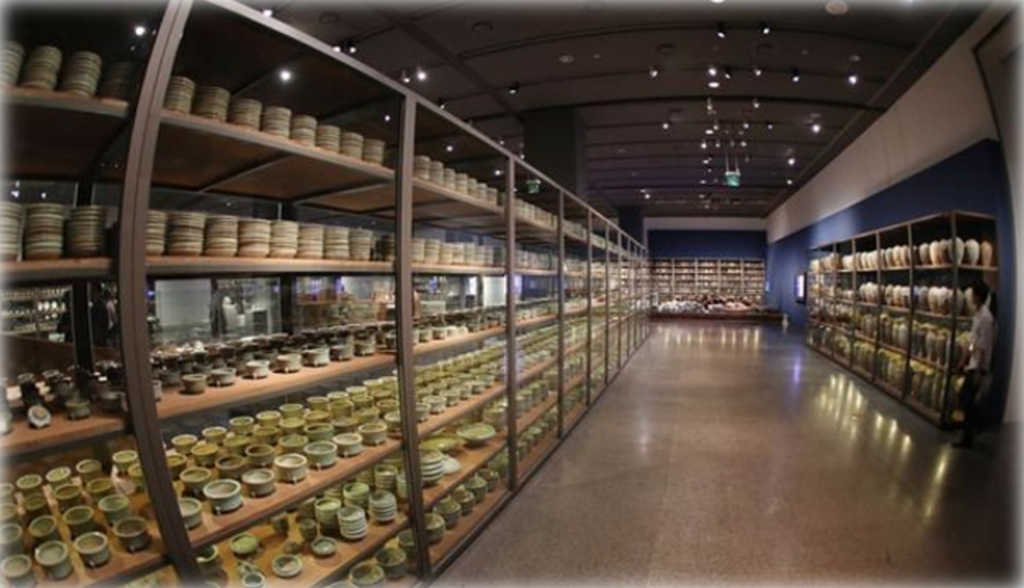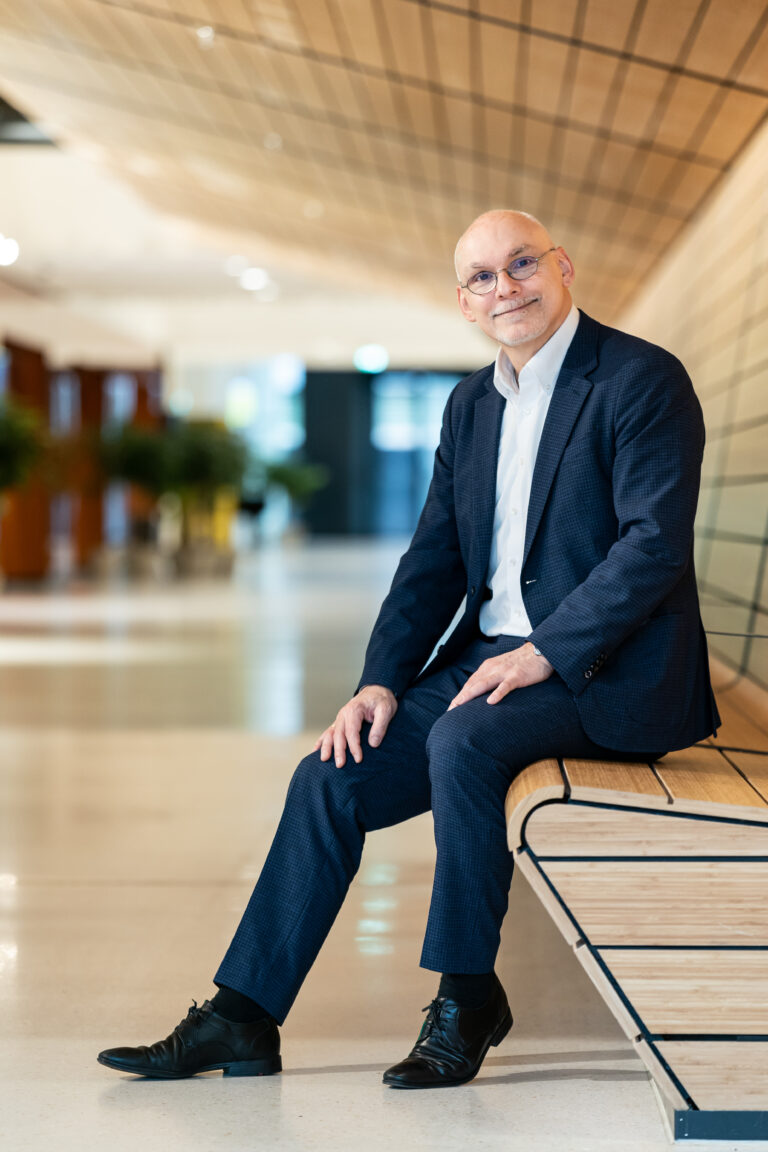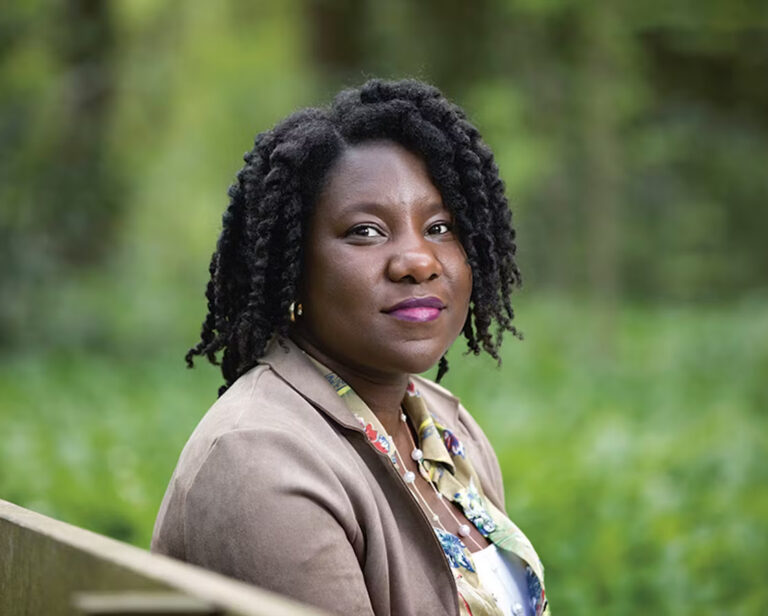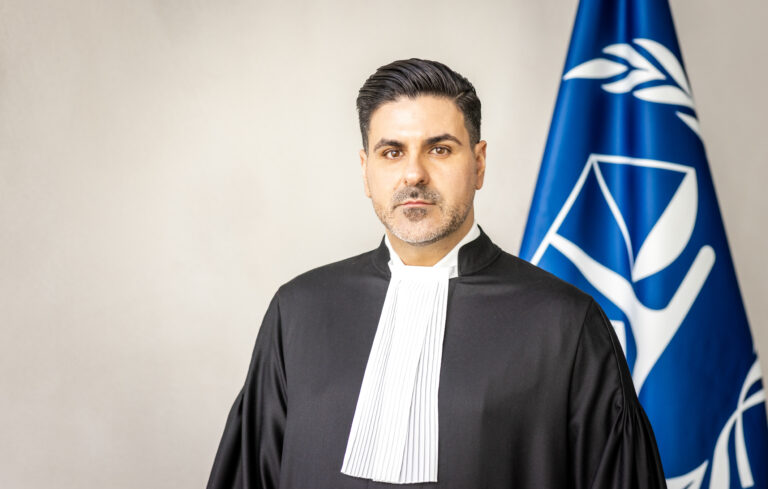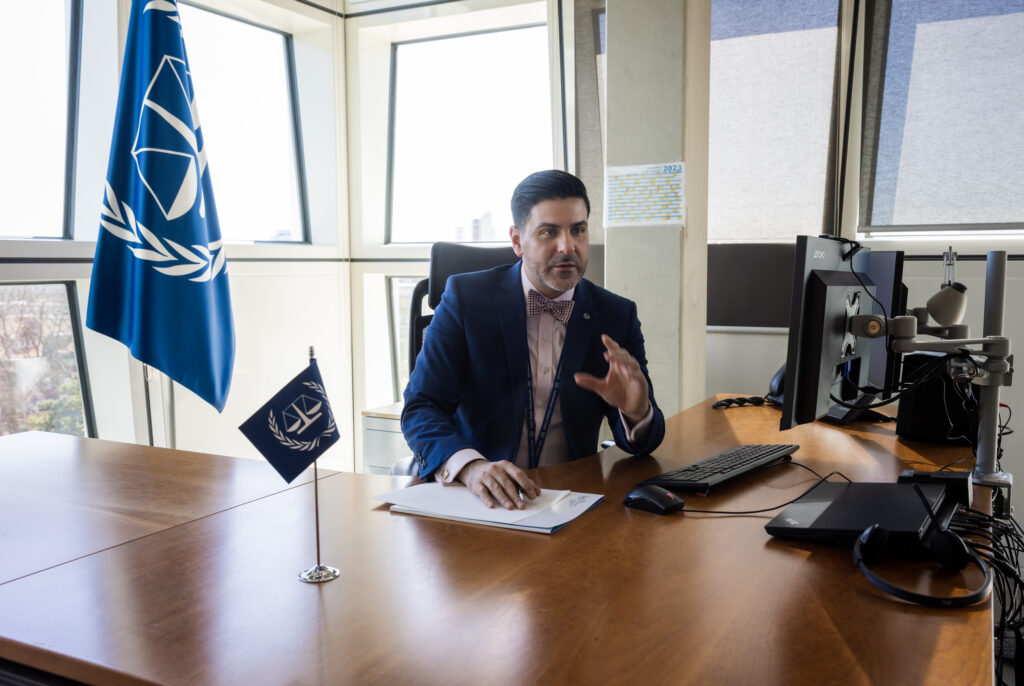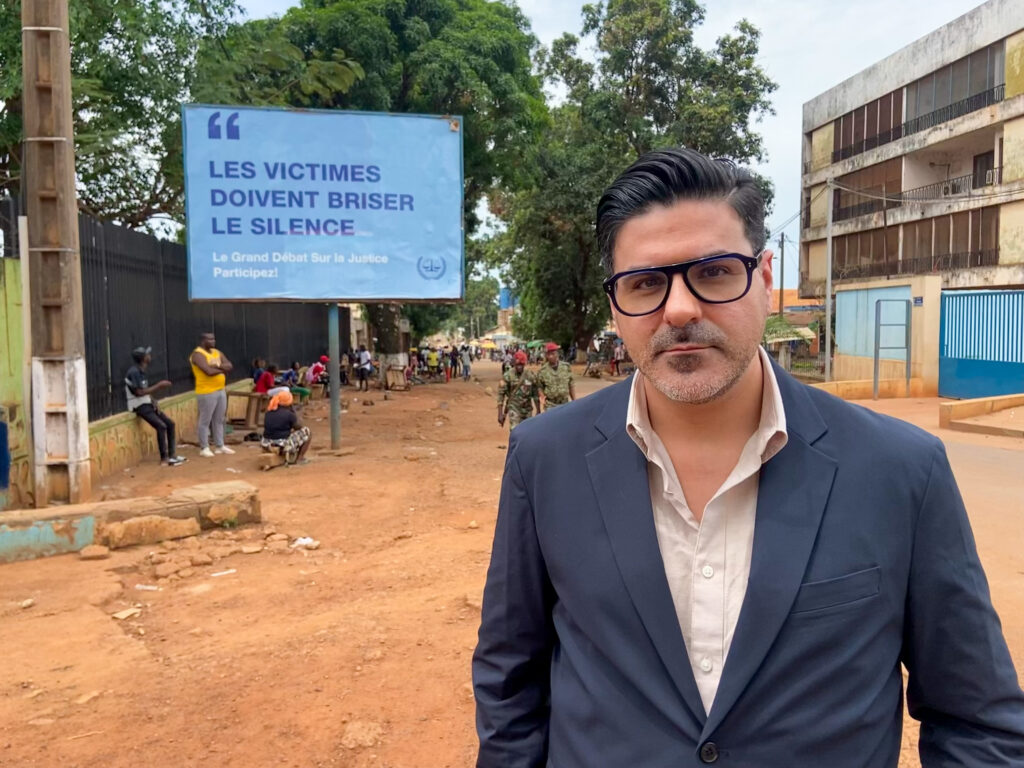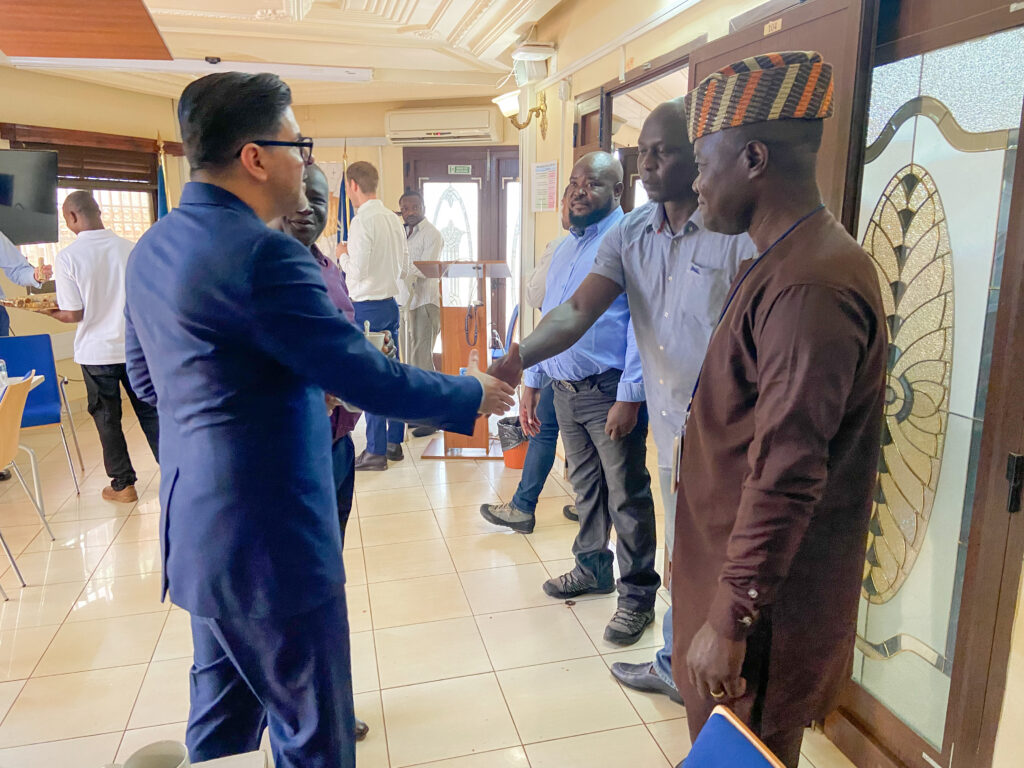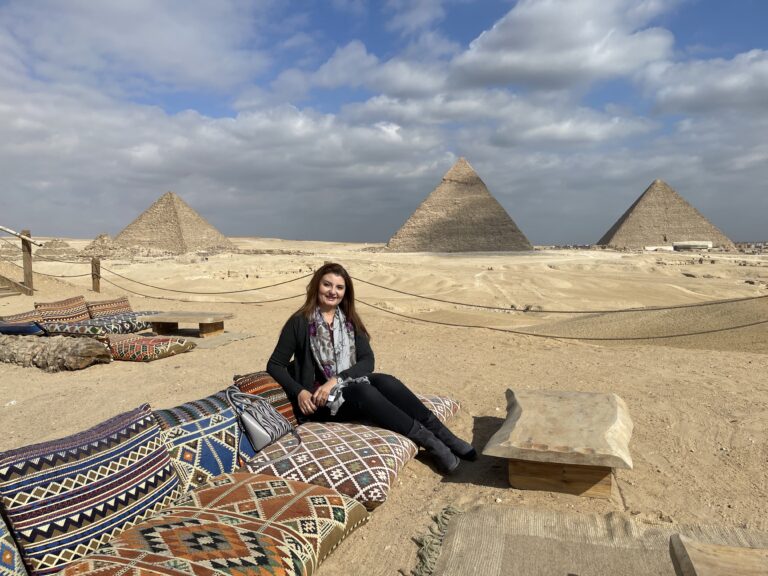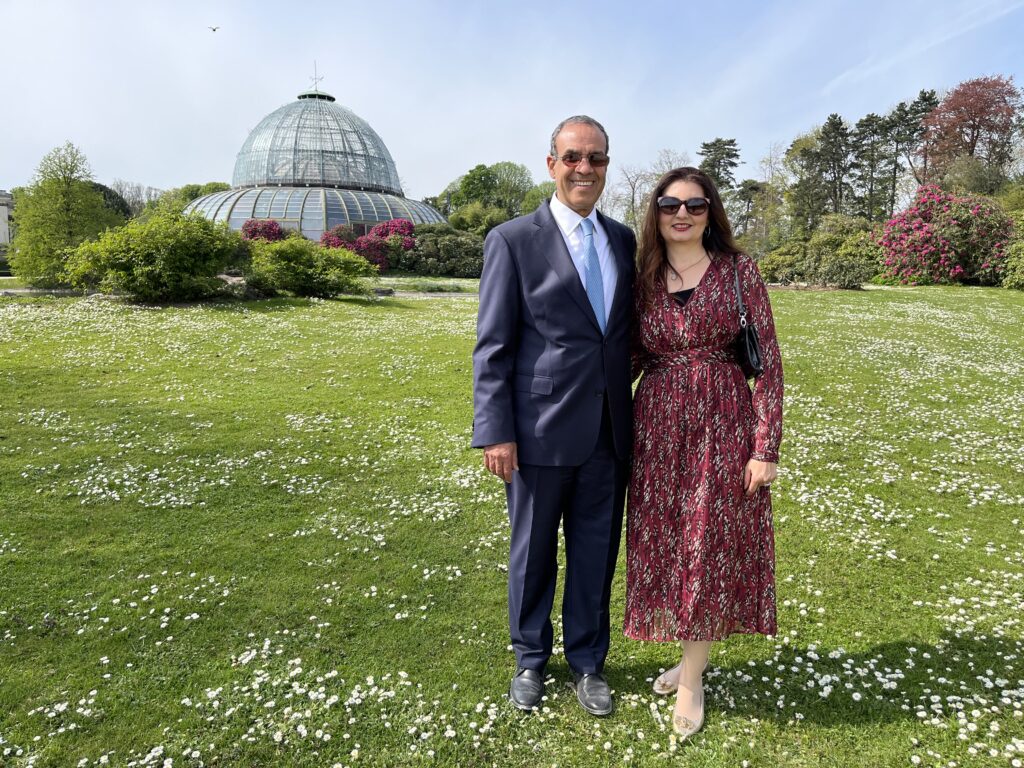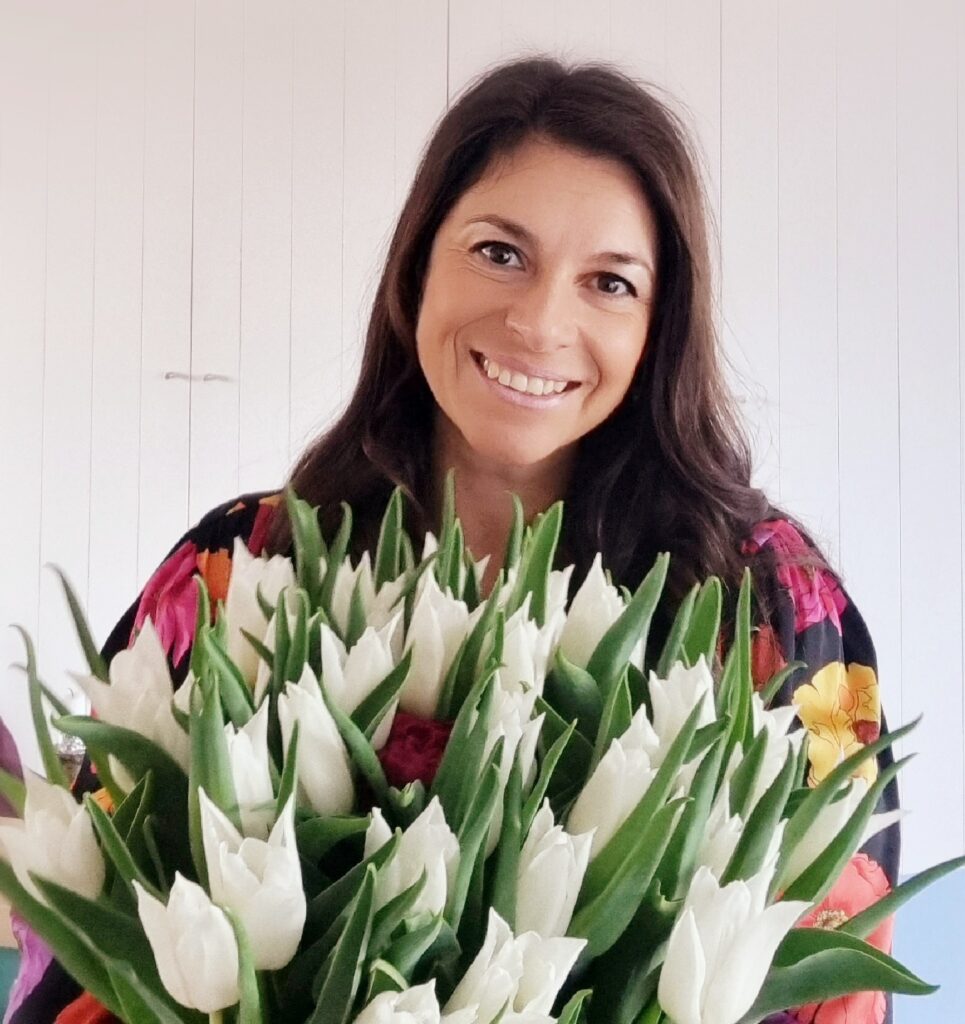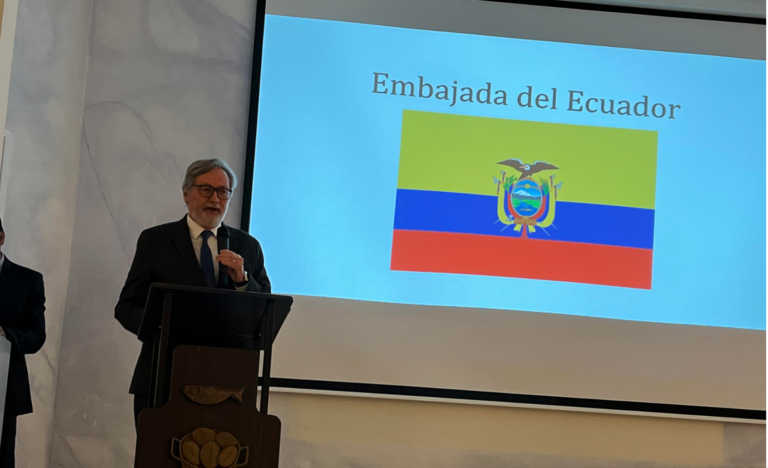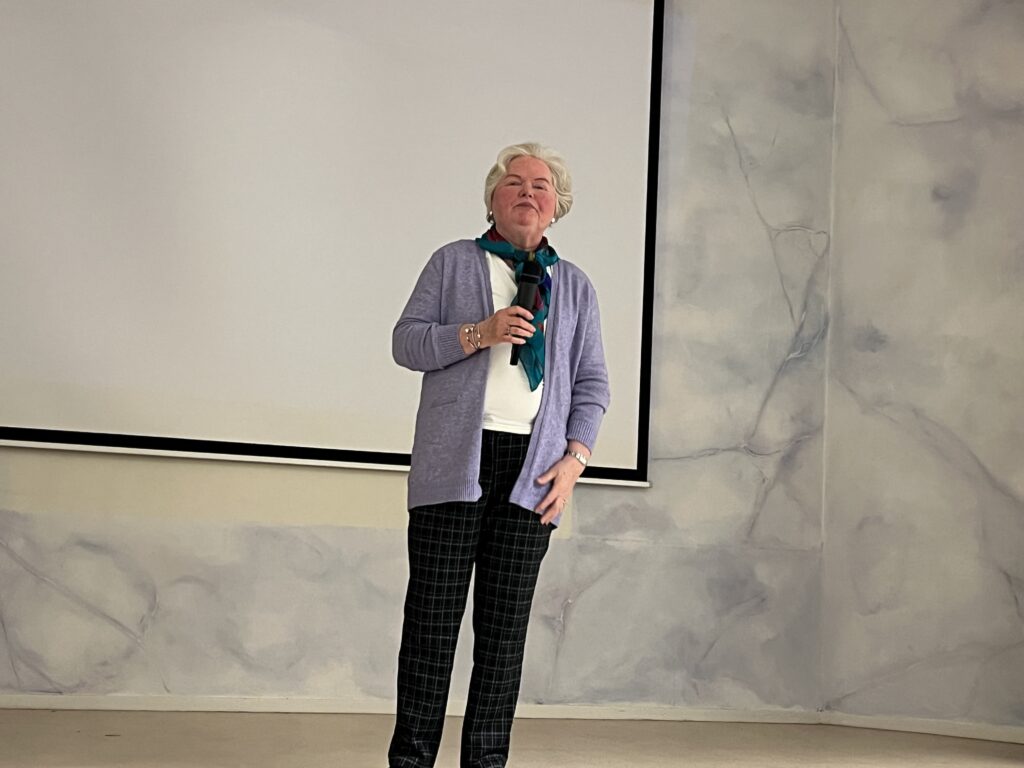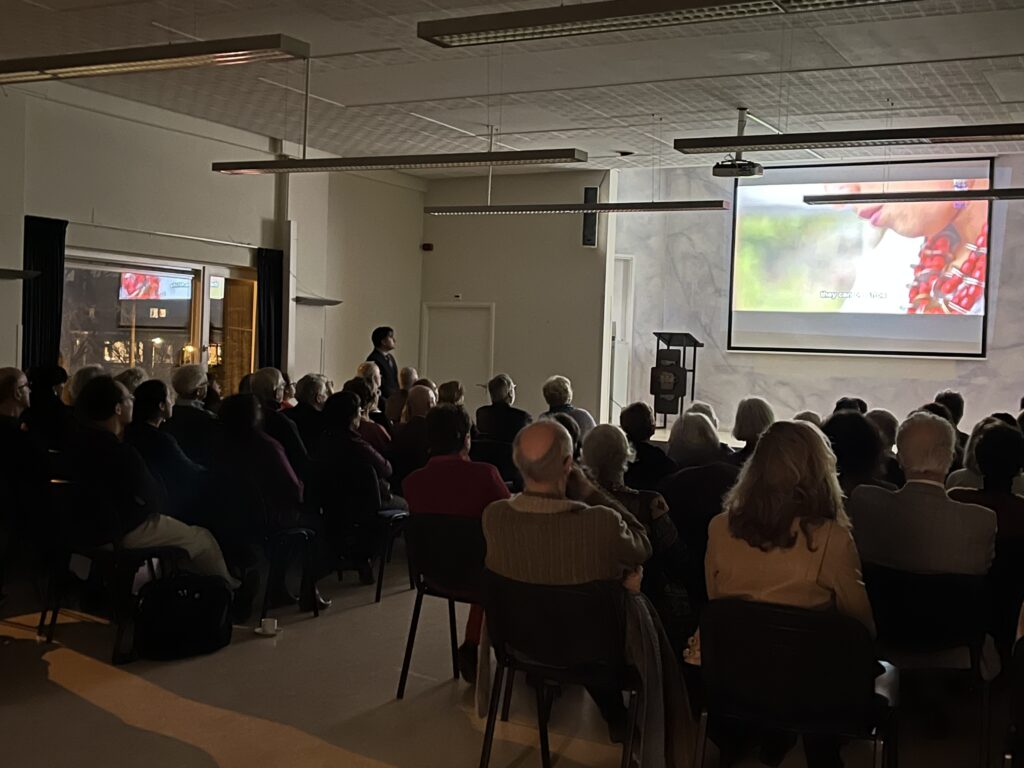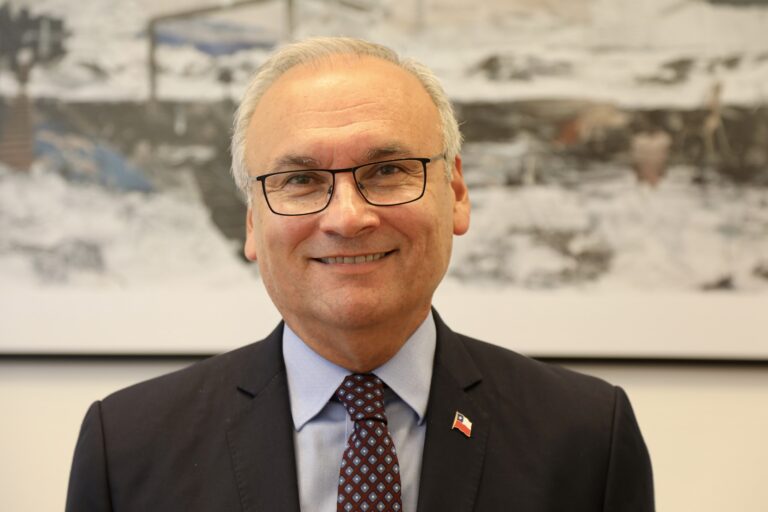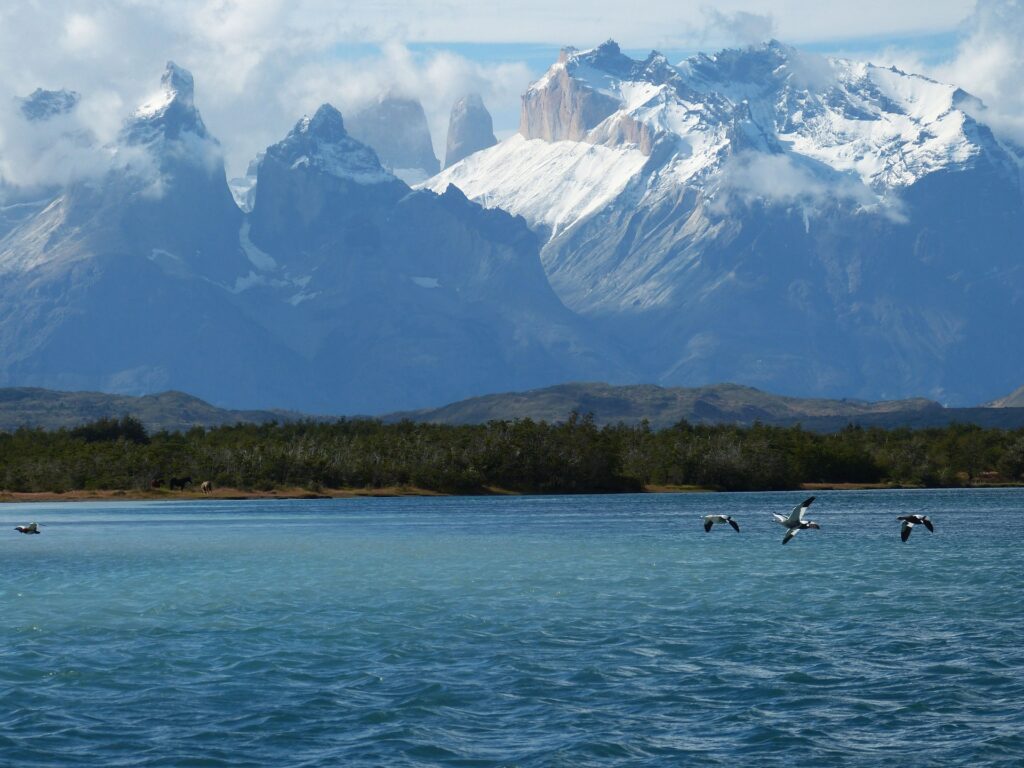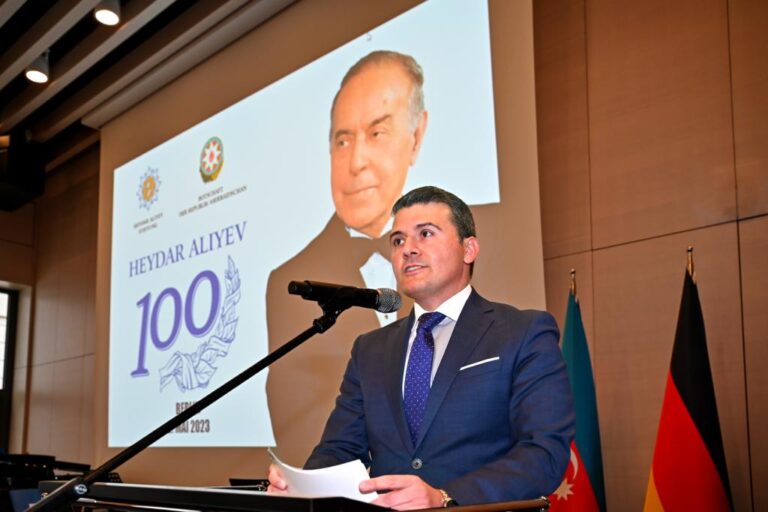By Jan van Zanen, Mayor of The Hague
In March of this year it was decided to place a monument on Lange Voorhout in commemoration of the trans-Atlantic slave trade and Caribbean slavery. The creation of this monument forms part of a wider programme to make The Hague’s colonial and slavery past part of its collective memory. The municipal council had previously asked the Royal Netherlands Institute of Southeast Asian and Caribbean Studies (KITLV) to conduct an academic study on its behalf to examine The Hague’s colonial and slavery history. When the research report was presented I, as Mayor, on behalf of the municipal executive, offered my apologies for the way in which past public administrators of The Hague supported and profited from the system of colonialism and slavery.
Anyone who cares to look will find numerous accounts related to the period of colonialism and slavery in The Hague and signs of it too. What comes to mind here in this context are the many people living in our city, roughly 20 per cent of The Hague’s population, whose roots lie in the former colonies, some of whom are also descendants of people who were enslaved. Traces of that history can also be seen in the city’s architecture (the Mauritshuis being the best known example), as well as in art collections, the Royal Library and the National Archive.
Our colonial past is not a closed chapter in our history. Its consequences are clearly visible, even today. That the emotions are still there among all the different points of view, was something I felt for myself during my visits to the six islands of the Dutch Caribbean, as well as Suriname, Indonesia and India. The Hague elected to have a study carried out to look at both its history of slavery and its entire colonial past. Not least, because slavery was an integral part of the colonial system. But that does not mean that we are not aware of the wide differences between the victims. The Hague fully recognises the unique position of the victims of the trans-Atlantic slave trade and Caribbean slavery. Just as we also want to do justice to all the other victims of slavery and colonialism.
The Hague’s colonial and slavery history differs from that of other cities in the Netherlands. The Hague was not a trading city and had no ‘official’ city rights until the start of the 19th century. As the seat of government and the residence of first the stadholders and later the successive monarchs and queens, however, The Hague was also the place where all national decisions about colonial policy and thus slavery and contract labour were taken. We are reminded of that by buildings such as the former Ministry of the Colonies. In the archives we find the names of people living in The Hague who invested in the United East India Company (VOC) and the West India Company (WIC), or directly in plantations where enslaved people were forced to work. Many of those investors could be found among the highest echelons of government, with positions at both local and national level.
The study by the KITLV showed that The Hague municipal council of the day was keen to gain influence within the VOC and WIC. Wealthy residents had no qualms about investing in matters directly related to slavery. As did the Sociëteit van ’s-Gravenhage, The Hague’s tax authority. The Sociëteit invested in British government bonds in 1774. And thus, via the international capital markets, sought to gain a slice of the pie from the colonial activities of its rival, Britain, which also included the slave trade. The Sociëteit clearly had no ethical awareness when it came to how profits were made. It was only ever about the money, and not the African people.
This was still the case in 1863 when slavery was abolished in the Caribbean: change only came about when a compensation scheme was set up. A compensation scheme that was instituted not for the victims of slavery, but for the slave owners. And partly funded by the culture system in the Dutch East Indies which forced Javanese peasants to produce products for export to the Netherlands. Once again, people were reduced to a commodity and exploited. The same fate befell those enslaved in Asia. More attention has been devoted in recent times to the Dutch trans-Atlantic slave trade and plantations in the Caribbean. But we should not forget that from the first half of the 17th century, the VOC also engaged in large-scale slave trading in Asia.
When slavery was abolished there were at least 40 Caribbean plantation owners living in The Hague. Remarkably enough, none of them were merchants, but rather members of the nobility, military, public officials and a few politicians. It is known that 564 citizens of The Hague served on the municipal council between 1795-1940. It has been established that 89 of these people had a direct or indirect link with the colonial administration. This could mean that their family had interests in slavery or that they themselves once worked in colonial administration. A direct consequence of the abolition of slavery was the arrival of contract workers in Suriname. Most of them came from India and Java. Under very harsh conditions they had to create a new life for themselves in Suriname.
The municipal executive fully realises the extent to which our predecessors, as members of the governing elite of the time, were involved in the system of colonialism and slavery. An apology cannot undo the untold suffering inflicted upon the ancestors of so many citizens of The Hague. I also want to stress that no one currently living in The Hague is to blame for the deeds of those who lived in The Hague at that time or were responsible for its public administration. Although we are well aware that the suffering of the past continues to the present day. That it causes sorrow. And anger. Not least because the system of colonialism and slavery was based on racism and notions of white supremacy. Phenomena still faced today by the descendants of the victims of colonialism and slavery.
Racism is still a toxic force, even in our society. And that is precisely why it is so important to acknowledge the suffering caused by the system of colonialism and slavery. We can only truly address today’s racism when – by recognising its origins and consequences – we make colonialism and slavery part of our collective memory. Something which has not yet happened. The picture of our history is still incomplete. It was the decades-long failure to acknowledge the historical role of slavery, in particular, that caused so much pain and anger.
The academic study of The Hague’s colonial and slavery history carried out at the request of the municipal executive, marks a beginning. The start of a wider programme to give colonialism and slavery a permanent place in The Hague’s commemorative culture. In addition, a Colonial and Slavery History Advisory Committee will shortly be set up to provide The Hague city council with welcome advice. We are proud to be the first in the country with such a standing committee drawn from broad sections of the community. The topic will be covered in schools and, of course, 2023 will be an important year of commemoration. Slavery was abolished 160 years ago (although enslaved people were still required to work for another 10 years) and it is 150 years since the first contract workers arrived in Suriname.
This is how we will proceed, step by step and together, to ensure that the memory of the suffering caused by colonialism and slavery is firmly embedded in the collective memory of The Hague. With the aim of doing justice to all the victims and their descendants. In the hope that eventually, by remembering together it can become a shared memory. And that we, here in The Hague, on the basis of that jointly acknowledged past, can build an even better common future.

